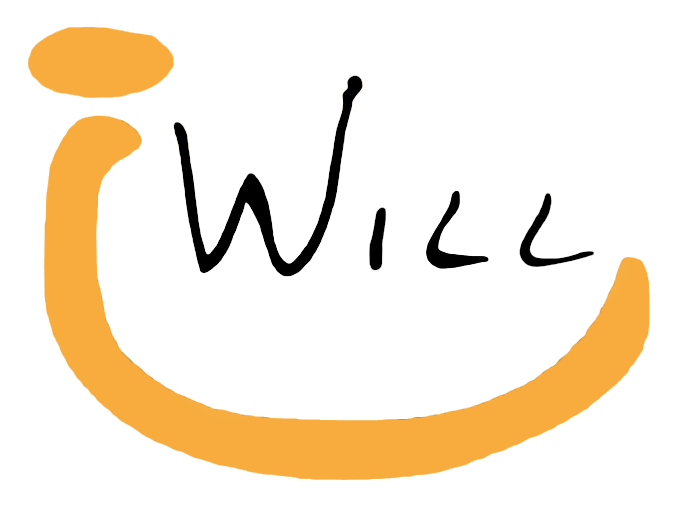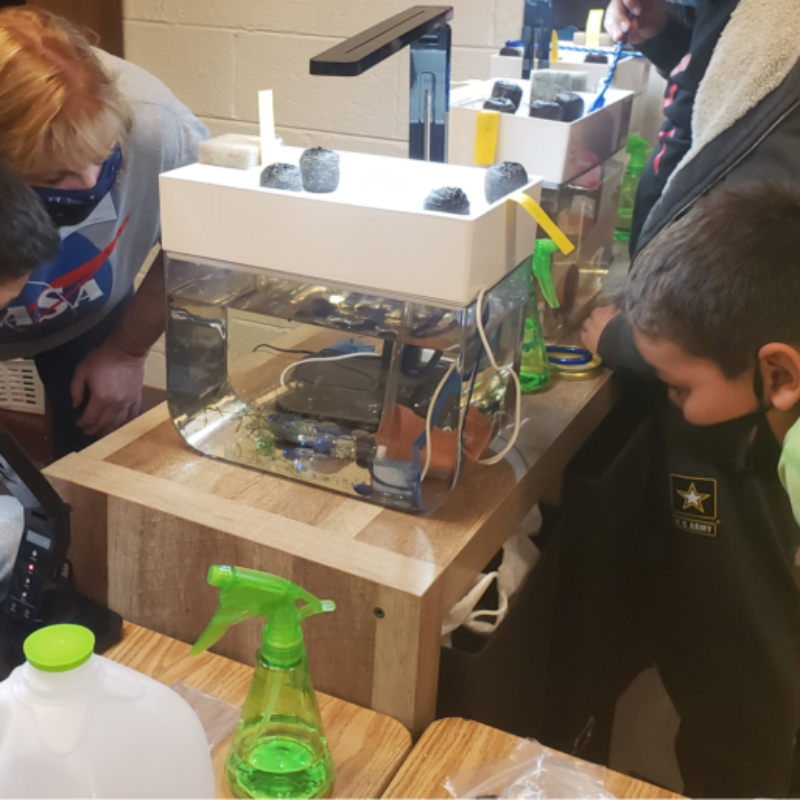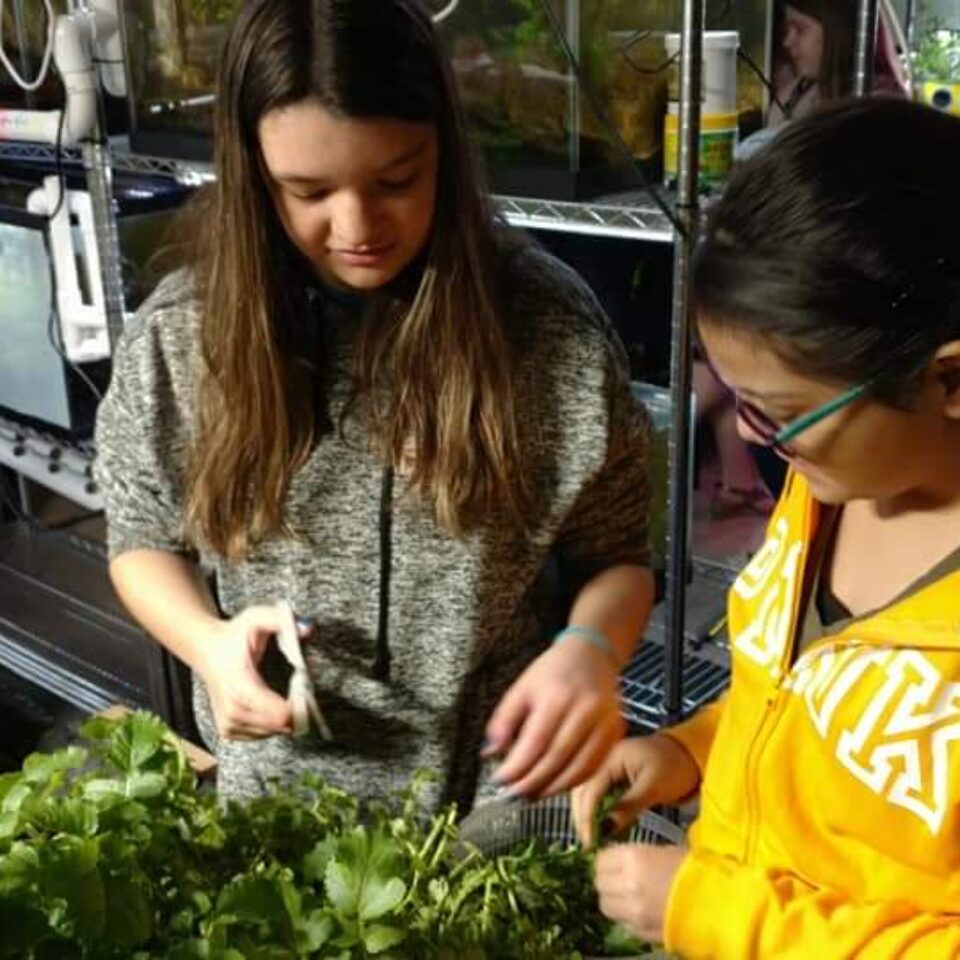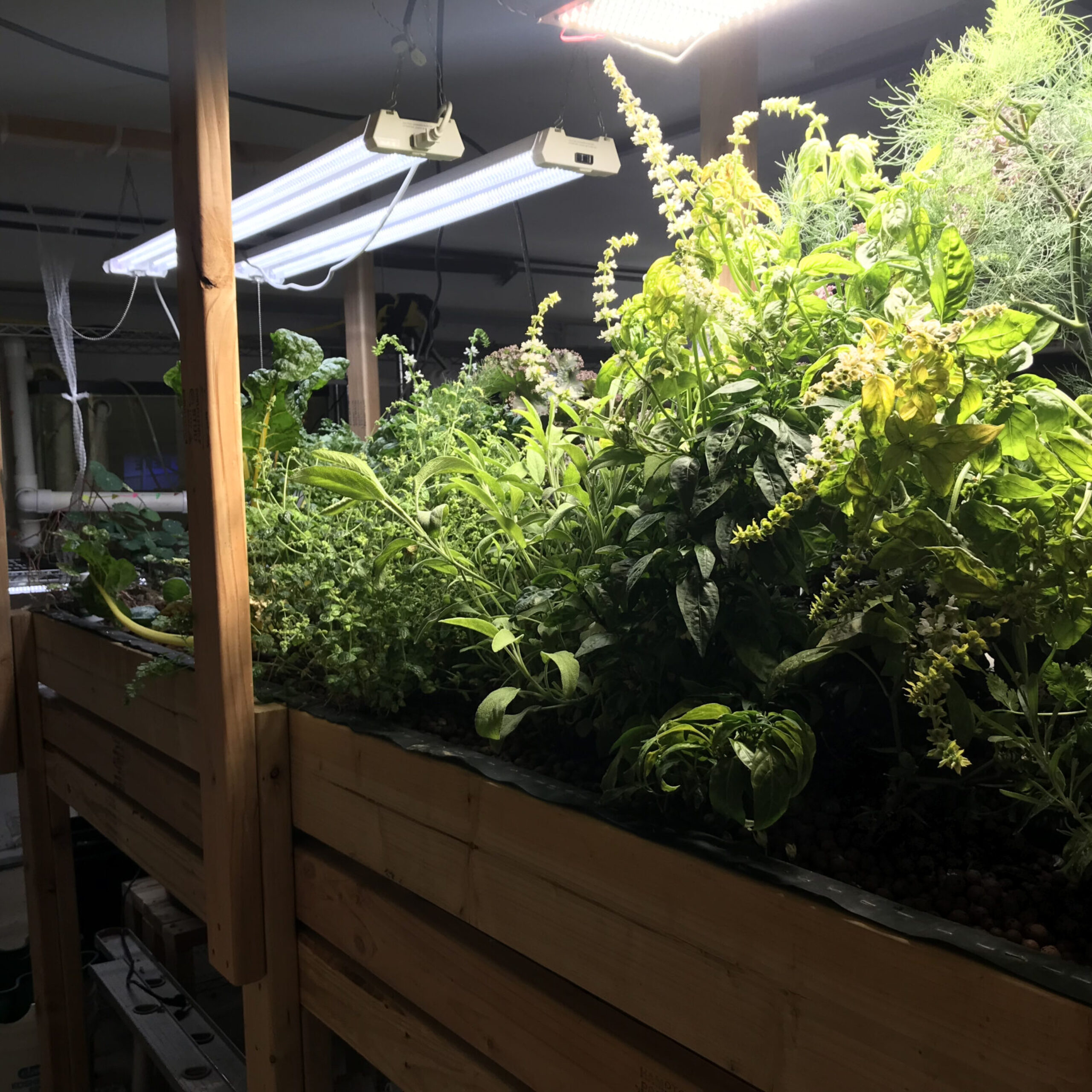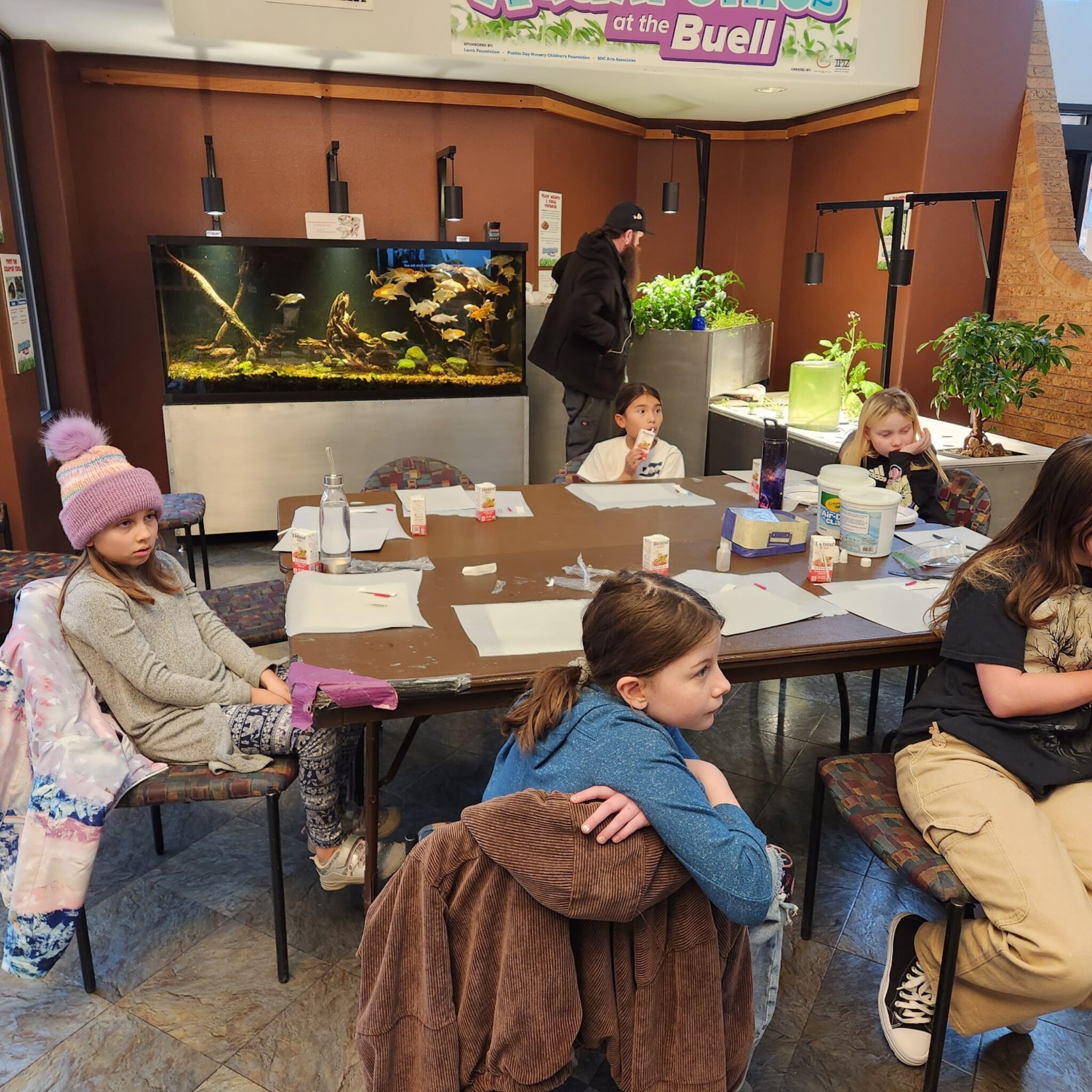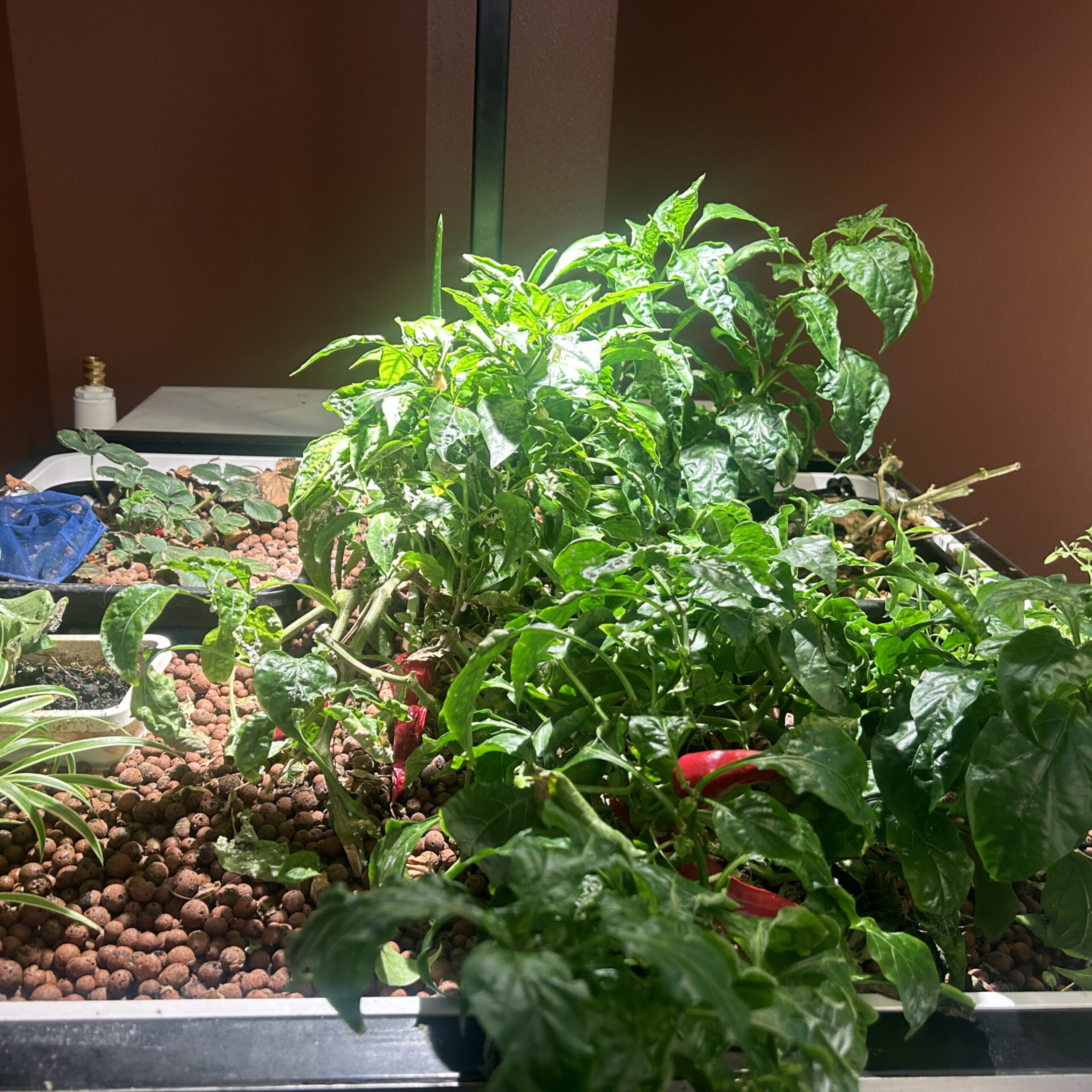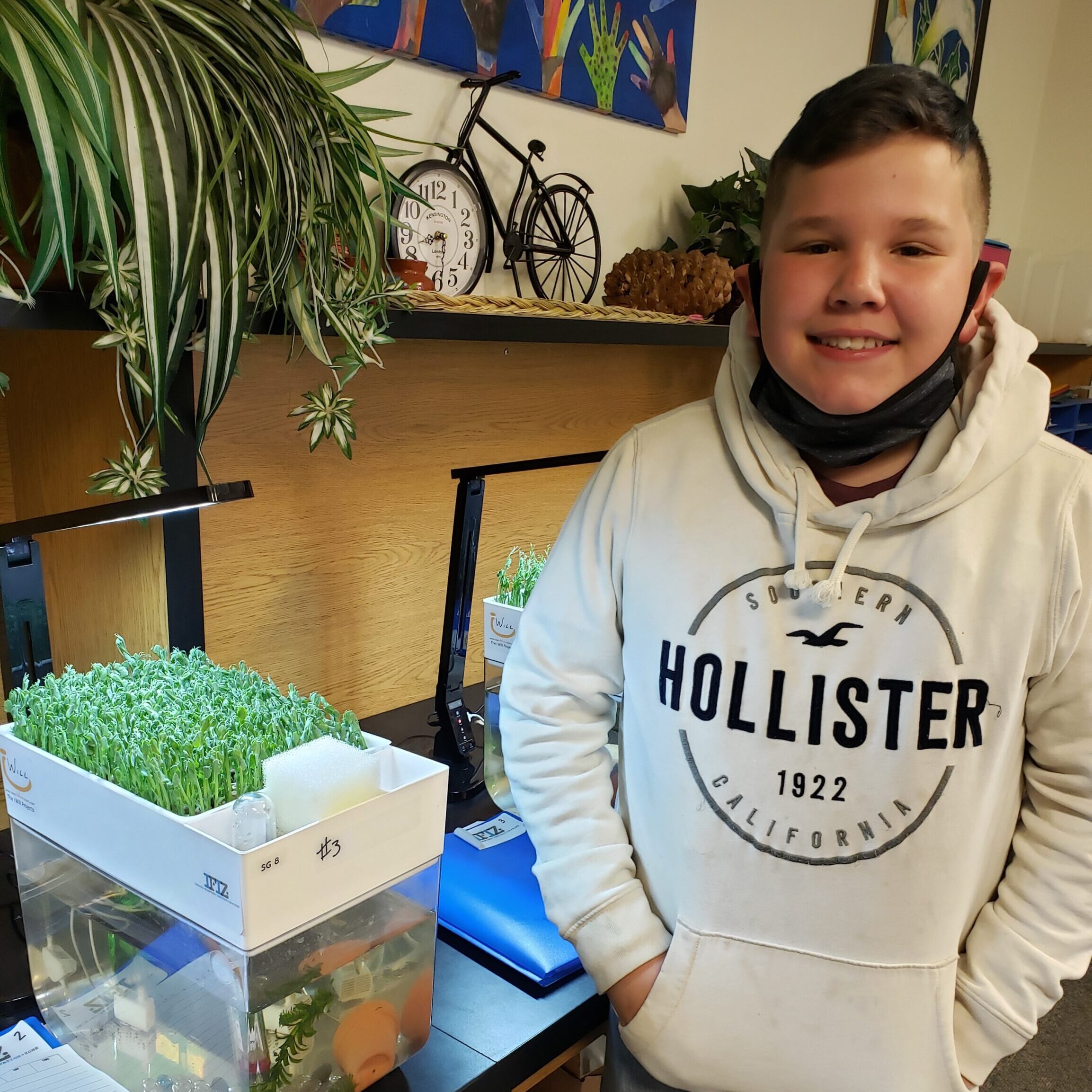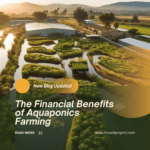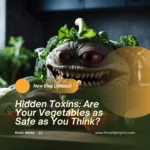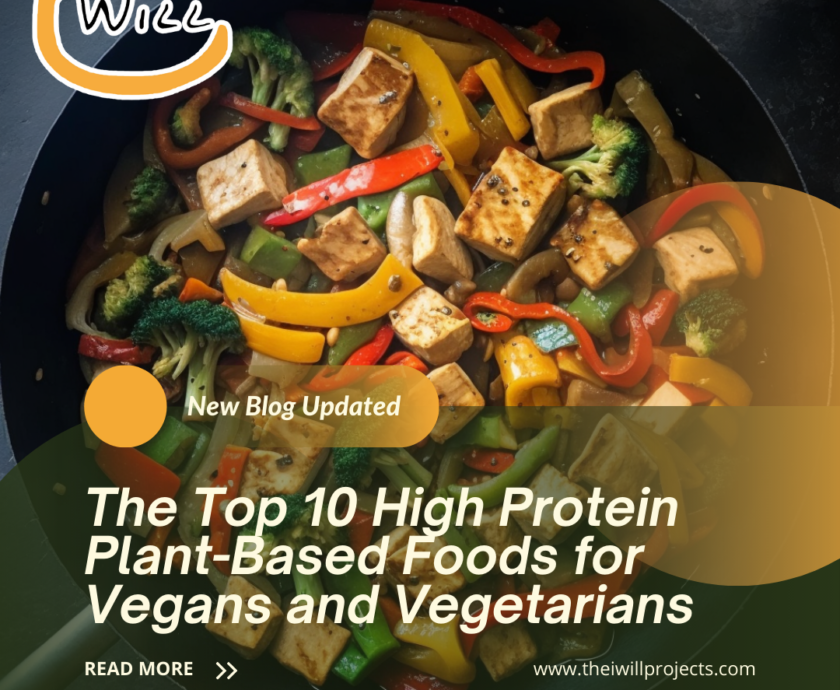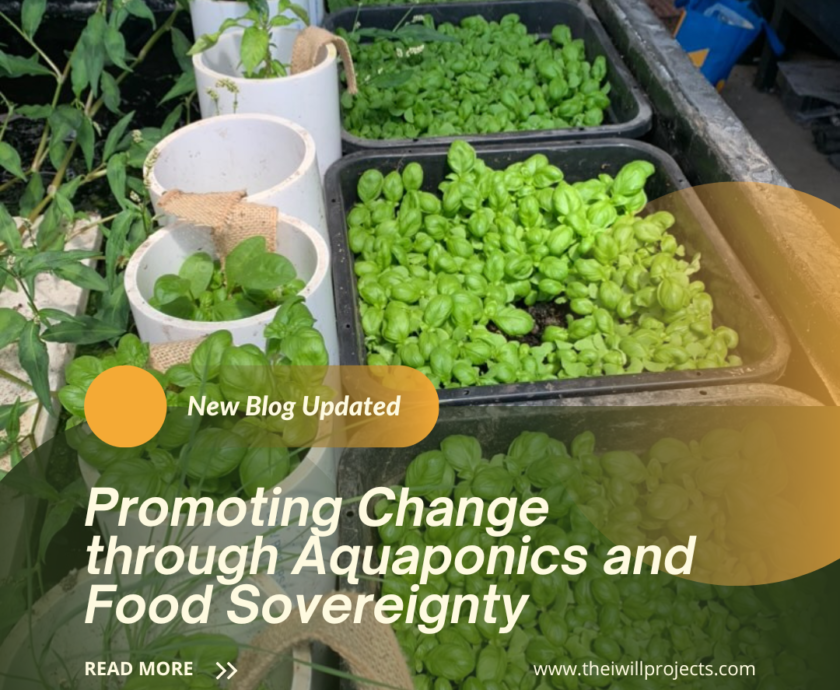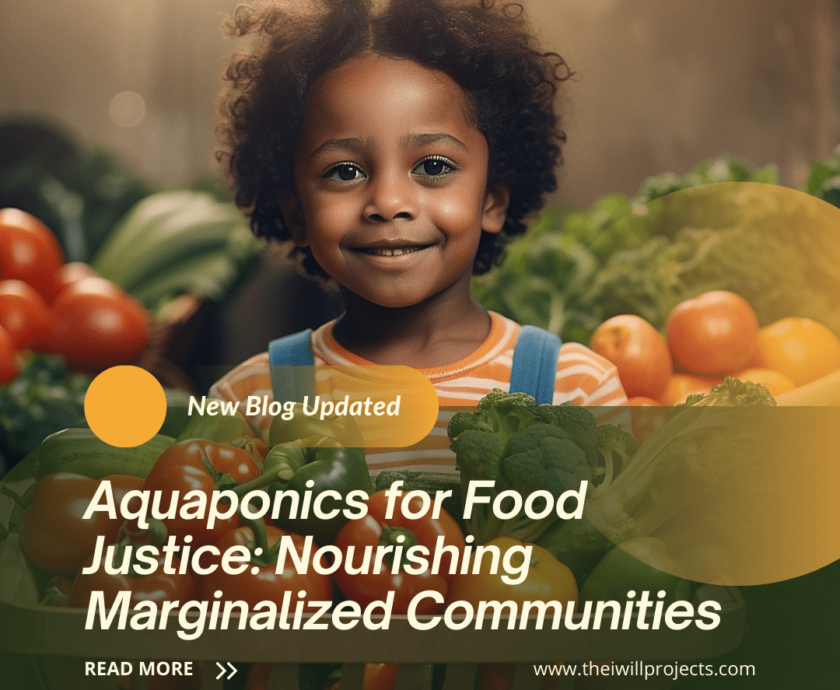True healthcare reform starts in your kitchen, not in Washington. – Unknown
TweetTable of contents
- Introduction
- Why Labels Matter
- Organic: What’s in a Name?
- Non-GMO: Beyond the Buzzword
- Fair Trade: Ethical Eats
- Local and Seasonal: Eat Fresh
- Sustainable Seafood: Dive Deeper
- Free-Range vs. Cage-Free
- Plant-Based: A Greener Choice
- Reading the Fine Print
- The Carbon Footprint Factor
- Eco-Friendly Packaging
- Conclusion
- FAQs
Introduction
Have you ever found yourself in the middle of a grocery store aisle, gazing at a shelf and scratching your head over terms like “biodynamic”? Or perhaps you’ve held a product emblazoned with “non-GMO” and questioned whether it truly offers benefits for your health or the environment. You’re definitely in good company! Navigating through the sea of terms and certifications that food companies and manufacturers plaster across their packaging can often feel like deciphering an extraterrestrial script. The sheer volume of labels vying for our attention can make the simple act of choosing what to eat an overwhelming task. However, there’s no need for despair! This blog post is your guide on how to decode food labels, ensuring that your dietary choices are not only beneficial for human health but also for the well-being of our planet. By the time you reach the end, you’ll be equipped with the knowledge to navigate the complex language of food labels with ease, empowering you to make decisions that align with your values and contribute to a healthier, more sustainable world.
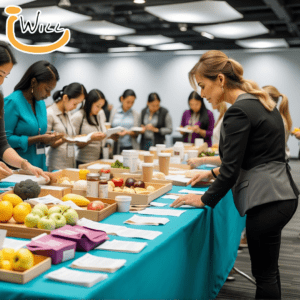
Why Labels Matter
Have you ever considered your grocery shopping as a vote? Every time you pick a product off the shelf, you’re voting with your wallet. This vote doesn’t just impact your health; it reverberates through our economy, society, and the environment. Understanding food labels is like reading the fine print in a contract—it tells you exactly what you’re agreeing to, beyond the flashy branding and persuasive marketing.
Organic: What’s in a Name?
Organic is more than a trendy label; it’s a promise. Organic farming practices aim to reduce pollution, conserve water, reduce soil erosion, increase soil fertility, and use less energy. But not all “organic” labels are created equal. Learn the difference between “100% Organic,” “Organic,” and “Made with Organic Ingredients” to make informed choices.
- 100% Organic: This label is the pinnacle of organic certification. It guarantees that every ingredient, processing aid, and manufacturing process involved in the product’s creation is certified organic. For those who wish to support the highest standard of organic practices, seeking out the “100% Organic” label is the way to go.
- Organic: Products carrying this label must consist of at least 95% certified organic ingredients. The remaining 5% may be non-organic, provided they are approved substances listed by the organic certifying body. This label still represents a strong commitment to organic principles while offering a slight flexibility that can be necessary for certain products’ production.
- Made with Organic Ingredients: This designation is for products containing at least 70% certified organic ingredients. The remaining 30% must still adhere to specific standards (excluding genetically modified organisms, for example), but they don’t need to be organic. This label allows consumers to choose products that support organic agriculture, even if not every ingredient meets organic standards.
Non-GMO: Beyond the Buzzword
“Non-GMO” stands as a bastion against the encroachment of genetically modified organisms in our food supply. The debate around GMOs is multifaceted, touching on issues of biodiversity, pesticide use, and corporate control over agriculture. Opting for non-GMO products can be seen as a vote for agricultural diversity and a precautionary stance against the unknown long-term effects of genetically modified crops. This label signifies a preference for food produced using traditional breeding methods, which many believe contributes to a more sustainable agricultural system.
Fair Trade: Ethical Eats
The fair trade label shines a light on the human aspect of agriculture, ensuring that farmers and workers receive fair compensation, work in safe conditions, and employ sustainable farming methods. When you choose fair trade products, you’re not just buying a commodity; you’re supporting a system that values human dignity and aims to redistribute power in the global trade system. It’s a commitment to ethical consumption that acknowledges the interconnectedness of our global community.
Local and Seasonal: Eat Fresh
Choosing local and seasonal foods is akin to tuning into nature’s rhythm. It reduces the carbon footprint associated with long-distance food transportation and supports the local economy. Seasonal produce is fresher, tastier, and often more nutritious, providing a direct connection to the land and the seasons. Embracing local and seasonal food is a celebration of regional diversity and a step towards reducing our environmental impact.
Sustainable Seafood: Dive Deeper
Our oceans are in peril, facing threats from overfishing, habitat destruction, and pollution. The sustainable seafood label helps consumers navigate these troubled waters, pointing towards species that are caught or farmed in ways that consider the long-term vitality of the species and the well-being of the oceans. It encourages practices that ensure fish populations remain healthy and ecosystems thrive, making it a critical choice for ocean conservation.
Free-Range vs. Cage-Free
The terms “free-range” and “cage-free” may seem similar, but they paint very different pictures of animal welfare. “Free-range” indicates that animals have access to the outdoors, allowing them to engage in natural behaviors, while “cage-free” simply means animals are not kept in cages but may still be in overcrowded conditions. These labels are important for those concerned about animal welfare, offering a window into the lives of the animals that produce our eggs, poultry, and meat.
Plant-Based: A Greener Choice
Adopting a plant-based diet is perhaps one of the most impactful choices an individual can make for the environment. Plant-based foods generally require fewer resources—such as water and land—and produce fewer emissions than their animal-based counterparts. This shift can significantly reduce one’s environmental footprint, contributing to a reduction in deforestation, biodiversity loss, and greenhouse gas emissions. It’s a choice that benefits not only personal health but the health of the planet.
Reading the Fine Print
The intricacies of making informed food choices often lie hidden in the smaller, less conspicuous details – the fine print beneath the prominent, eye-catching labels. Delving into the ingredient list and nutritional information reveals the true essence of what’s on our plates. Mastering how to decode food labels is crucial for sidestepping unwanted additives, cutting down on excessive sugars, and avoiding unhealthy fats. This skill is akin to learning a new language—the language of food—that empowers us to select options that not only meet our health objectives but also resonate with our ethical beliefs. By becoming proficient in interpreting this critical information, we can ensure our dietary decisions are fully aligned with our personal wellness and moral values.
The Carbon Footprint Factor
Increasingly, products are featuring information about their carbon footprint, offering a glimpse into the environmental impact of their production and transportation. This information can guide consumers towards products that are not only good for their bodies but also gentle on the Earth. Reducing your carbon footprint through informed food choices is a tangible way to contribute to the fight against climate change.
Eco-Friendly Packaging
The sustainability of food is not just about what’s inside the package but also the package itself. Eco-friendly packaging, made from biodegradable materials or designed for reuse, minimizes waste and pollution. Choosing products with minimal, recyclable, or compostable packaging is a straightforward way to reduce your environmental impact, making each grocery trip a step towards a cleaner planet.
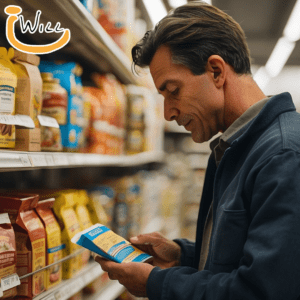
Conclusion
Mastering the art of decoding food labels is a crucial step in our collective quest for a more sustainable and ethical world. This knowledge equips us with the power to align our daily choices with our deepest values, championing not only the health of our planet but also the fairness of our societies. Understanding how to decode food labels enables us to sift through the vast array of products on offer, identifying those organic products that truly contribute to our well-being and the earth’s. It allows us to hold food manufacturers accountable, pushing them towards more responsible practices by choosing products that offer real health benefits, are free from harmful pesticides, and promote healthy choices for individuals and communities alike.
As we grow more fluent in this critical language of food labels, every trip to the grocery store becomes an opportunity to vote with our wallets for the kind of world we wish to live in. It’s about transforming our shopping habits, one product at a time, into a potent force for positive change. By prioritizing organic products, acknowledging the health benefits they bring, and rejecting those laden with harmful pesticides, we make healthy choices not just for ourselves, but for the planet too. In doing so, we foster a fairer society where the well-being of the environment and its inhabitants is placed at the forefront of every decision made by food manufacturers.
FAQs
Why is organic food often more expensive?
Organic farming practices are generally more labor-intensive and yield less per acre than conventional farming. The higher price reflects the true cost of sustainable agriculture, which prioritizes ecological health and worker welfare.
Can GMOs be labeled as organic?
No, GMOs are prohibited in organic farming. The organic label guarantees that a product is free from genetically modified organisms.
What does the “rainforest alliance certified” label mean?
This label indicates that products have been produced using methods that support the conservation of biodiversity and sustainable livelihoods. It’s commonly found on coffee, chocolate, and bananas.
How can I tell if seafood is truly sustainable?
Look for certifications like the Marine Stewardship Council (MSC) or the Aquaculture Stewardship Council (ASC), which ensure that the seafood comes from sources that are responsibly managed and environmentally sustainable.
Is it always better to buy local?
While buying local has many benefits, including supporting local economies and reducing transportation emissions, it’s not the sole criterion for sustainability. The overall environmental impact, including production methods, should also be considered.
The I Will Projects, a 501c3 Non-Profit, promotes diverse solutions for global challenges. Our IFIZ education programs, emphasizing aquaponics, and insect farming, empower communities through knowledge, collaboration, and sustainable innovation. Learn more here.
References:
https://mightypursuit.com/blog/a-beginners-guide-for-decoding-food-labels/
https://www.linkedin.com/pulse/how-read-food-labels-ashok-krish/
https://foodprint.org/blog/how-to-read-food-labels/
https://www.bannerhealth.com/healthcareblog/teach-me/what-do-claims-on-food-labels-really-tell-you
https://foodrevolution.org/blog/how-to-read-food-labels/
